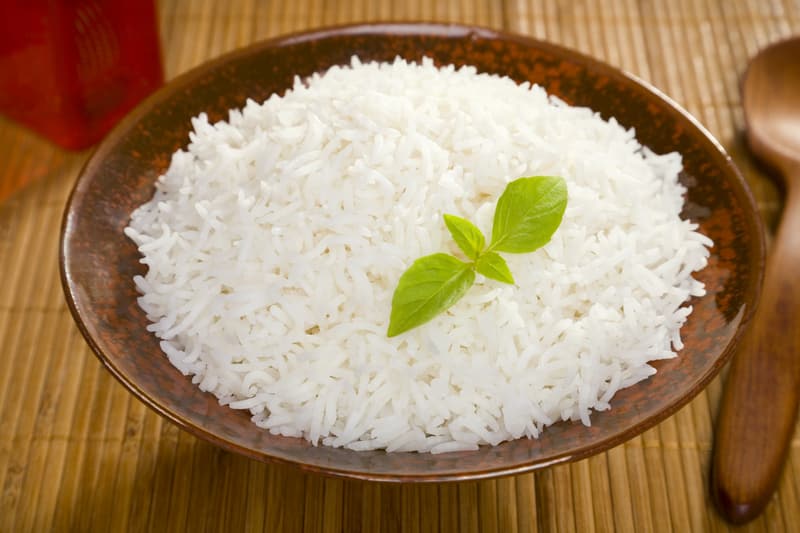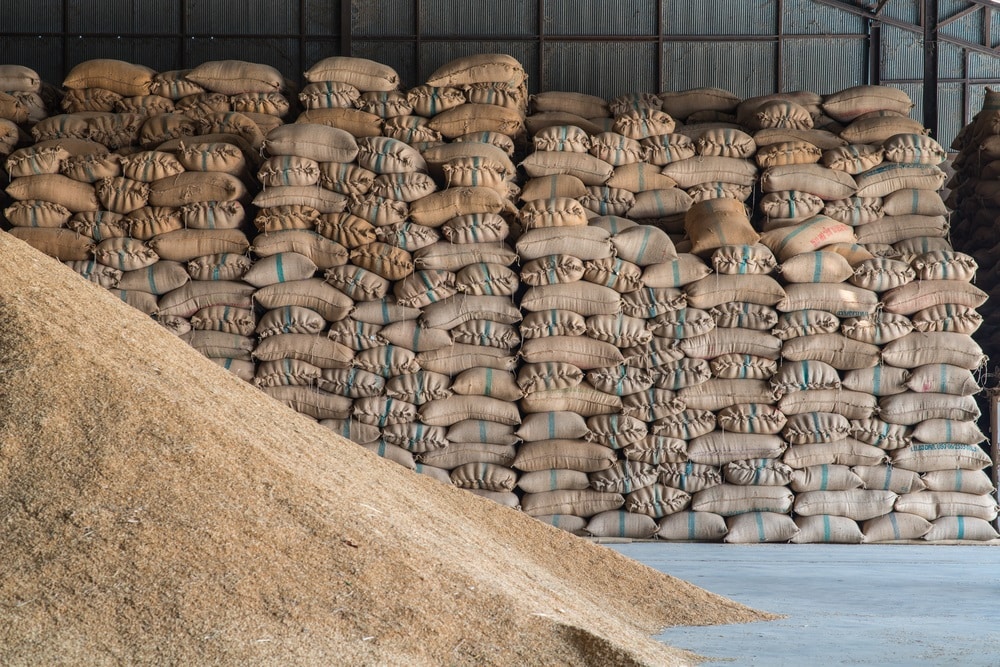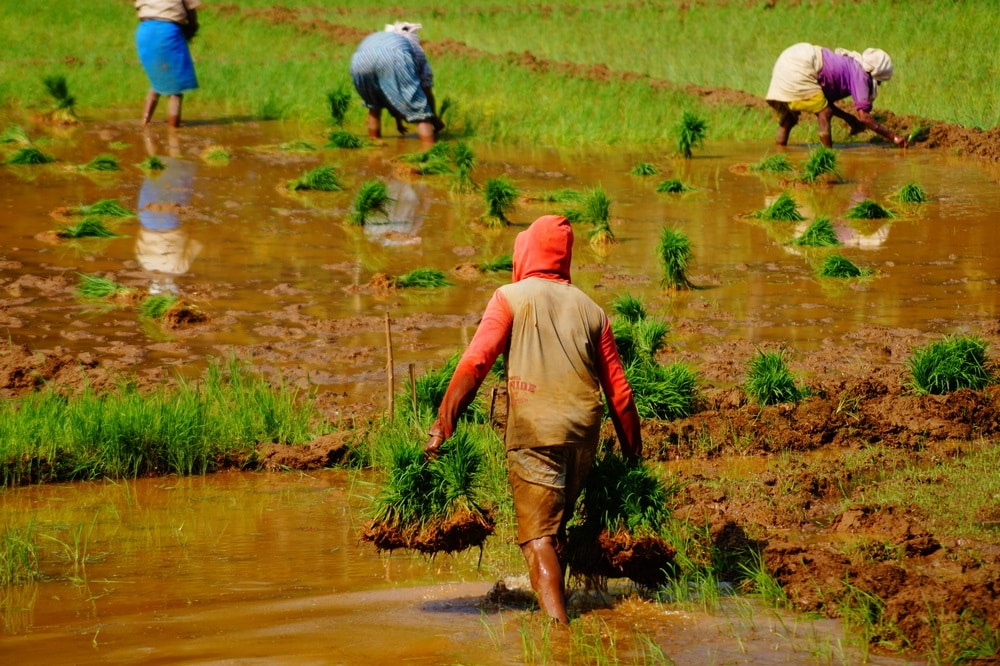
Rice is one of the staples in every household and there are several different varieties. Arborio, black, jasmine, long grain … the list is long. Basmati has a long, slender grain and is aromatic when cooked.
This makes it popular for serving alongside curries and in pilaffs. It is grown mainly in India but also in Pakistan and the Himalayas.
What makes basmati rice special?
Basmati is the only rice that expands lengthways only when cooked. It grows to almost twice its dry length after cooking. Other types of rice also expand widthways. Basmati rice can be quite expensive, and it’s only fair to ask the reason behind it.
So, with this article, we are looking at the reasons behind basmati rice’s high price!
Why Is Basmati Rice So Expensive?
1. Size
Basmati rice is considered by cooks and consumers to be one of the best varieties of rice available. This creates a demand. It has a long, slender grain that doesn’t stick to each other compared to regular rice varieties that are short and tend to become sticky when cooked.
2. Aging
Many people don’t know this, but farmers who sell their freshly harvested basmati rice get much lower prices than those who age their rice first. This is because natural aging enhances and intensifies the taste, aroma, and cooking characteristics.
Farmers or middlemen who have the capacity to store the grains for eighteen to twenty-four months and then sell them later, get three to four times as much money. The entire aging process is not only expensive but also time-consuming.
For instance, the farmers or companies have to invest in special equipment and a specific warehouse for aging the rice to protect it from insect or rodent infestation and moisture damage. That is why the aging process spikes the prices of basmati rice.
3. Cooking Outcomes
Companies cash in on basmati’s specific and unique characteristics, creating a demand. When basmati rice is cooked, the grains become long, fluffy and deeply aromatic. The aroma is because basmati rice contains a compound called 2-acetyl-1-pyrroline.
Many consumers enjoy these peculiarities of basmati and so are prepared to pay a higher price for it. Not to forget, basmati rice grows twice the size when cooked, which makes it more filling and therefore desirable.
4. Importing
Two-thirds of the world’s basmati rice is grown in India yet it is eaten all over the world.
This means that the majority of the world’s population is purchasing rice that has been transported all the way from India and has to pay for the importing expenses, including shipping charges, taxes, and customs duties.
For this reason, if you purchase basmati rice in Western countries, the prices will be much higher than when buying it in India or other Asian countries.
5. Nutritional Level
When compared to cheaper rice varieties, basmati rice tends to be a healthier choice, which leads to a more expensive price. For instance, basmati rice has a low glycemic index, making it a promising choice for diabetic patients.
In addition to this, it has a lower calorie count than other types of rice and contains a fairly high percentage of complex carbs, which serve as a great energy booster.
Not to forget, it has low cholesterol and fat content and is gluten-free. In today’s nutrition-aware society, high nutritional levels lead to a high price.
6. Challenging Planting & Growth Process
When it comes down to planting and growing basmati rice, it has only one harvest per year because it needs particular weather conditions to ensure the plants grow well. The crop grows quite tall, which means it is prone to wind damage.
For this reason, the farmer has to be extremely careful about the growing and harvesting process to make sure the grains germinate, survive the growing process, and achieve a pleasant aroma and complex flavor.
On top of that, to protect the crop from insects, weeds, and fungus damage, farmers buy pesticides, fungicides, and herbicides. All of this effort and expense on the farmer’s side leads to the premium nature of the rice, hence the high price.
The Bottom Line
Basmati rice is one of the best choices for cooks and consumers who want a non-sticky texture, pleasant aroma, and good flavor.
As far as the price is concerned, it’s expensive but surely provides value for money, given the high nutrient value and appealing taste. Plus, a little goes a long way once it has been cooked!

